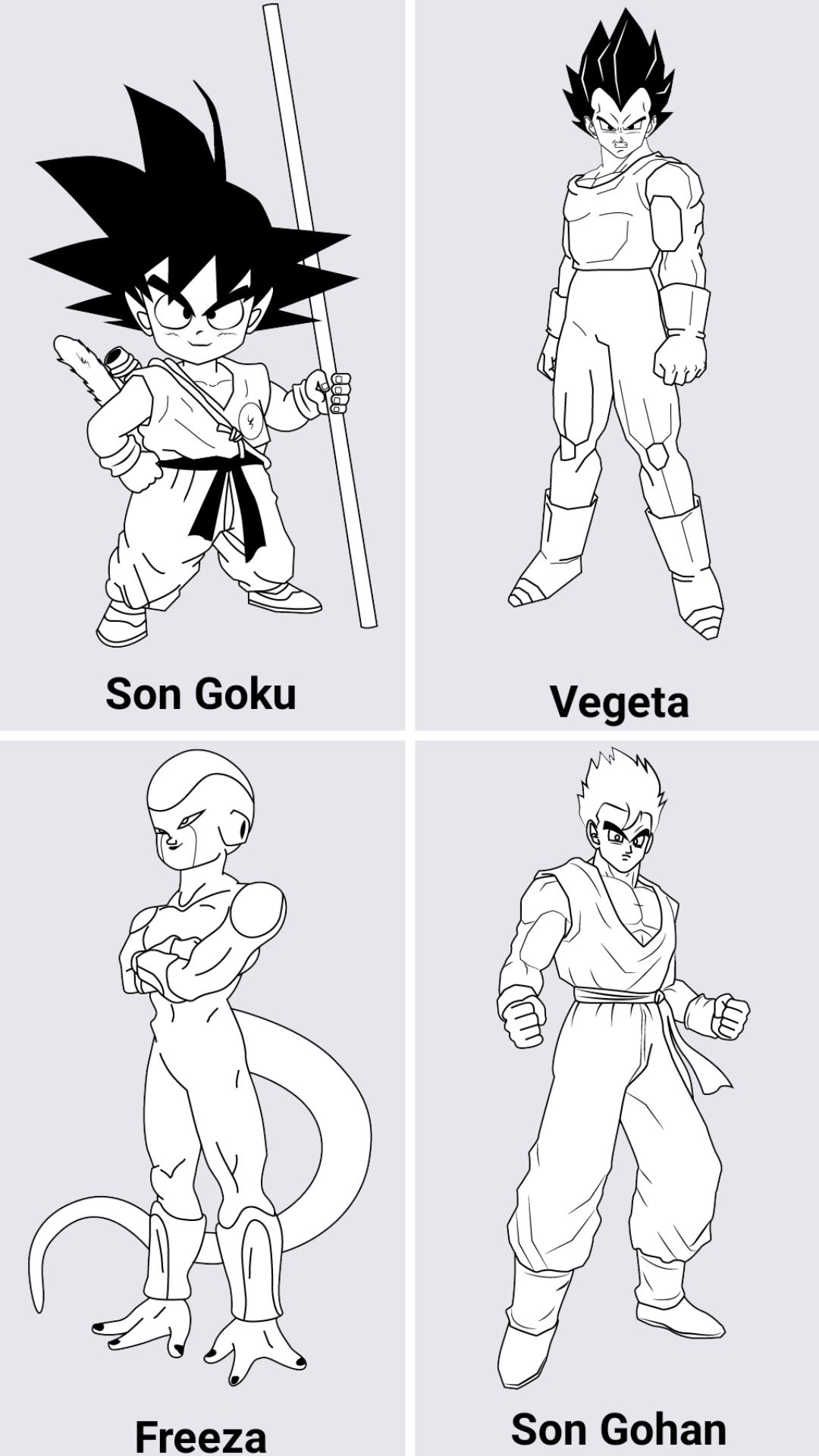
🛠️ Behind the Scenes: How Dragon Ball Z Action Figures Are Made
From the fierce stance of Super Saiyan Goku to the stoic expression of Vegeta, Dragon Ball Z action figures have become essential collectibles for fans worldwide. But have you ever wondered how these iconic figures go from a simple sketch to the shelf in your room? Let’s go behind the scenes and explore the full process of how DBZ figures are brought to life.
🎨 1. Concept Design – The First Power Level
Every figure begins with an idea. Artists at major manufacturers like Bandai or Banpresto start by sketching the pose, expression, and style of the character. They use:
-
Reference materials from the anime and manga
-
Official model sheets provided by Toei Animation or Shueisha
-
Input from licensors to ensure authenticity
Designers decide whether the figure will be dynamic (mid-action) or static (hero pose). Once approved, the concept moves on to sculpting.
🧱 2. Sculpting – Shaping the Saiyan
Sculptors then create the figure using a combination of:
-
Hand sculpting with clay or wax
-
Digital sculpting using 3D software like ZBrush
High-end figures, such as those from the S.H. Figuarts line, require incredible detail—from muscle definition to the exact angle of Goku’s hair spikes. The final sculpt is 3D printed or molded into a physical prototype.
🎨 3. Painting – Bringing It to Life
The prototype is handed over to the paint team. Using airbrushes and hand-painting techniques, they bring color, depth, and emotion to the sculpt.
They ensure:
-
Color accuracy to the anime
-
Highlights and shadows for realism
-
Alternate paint jobs for variants (e.g., battle-damaged Goku, metallic Frieza)
This stage makes the character feel alive.
🏭 4. Mold Creation & Mass Production
Once the prototype is finalized, it's time to scale up.
-
A steel mold is created for each part (hair, limbs, torso, accessories)
-
Plastic is injected into the molds to form the figure pieces
-
The parts are trimmed, polished, and checked before assembly
For articulated figures, joints are added with precision to allow for dynamic posing.
📦 5. Quality Control & Packaging
Each completed figure goes through multiple layers of quality checks:
-
Paint consistency
-
Proper joint function
-
Missing or broken parts
Approved figures are packed in collector-friendly boxes featuring:
-
Character artwork
-
Licensing logos (like Toei Animation’s seal)
-
Holographic authenticity stickers
Packaging is just as important as the figure—it’s part of the display appeal for many collectors.
🌐 6. Distribution & Collecting
After manufacturing, the figures are shipped worldwide to:
-
Retailers like GameStop, Target, or Amazon
-
Specialty shops and conventions
-
Official online stores (e.g., Premium Bandai, Crunchyroll Store)
Some are regular releases, while others are limited editions that quickly become collector's holy grails.
⚠️ Bonus: Repaints, Reissues, and Bootlegs
-
Repaints: Same sculpt, different color scheme (e.g., Super Saiyan God Goku)
-
Reissues: Popular figures re-released due to demand
-
Bootlegs: Low-quality fakes often found online or at unauthorized retailers
Always buy from trusted sources and check for official licensing!
🧠 Final Thoughts
The journey of a Dragon Ball Z figure is long and detailed—much like Goku’s road to becoming a Super Saiyan. It’s a combination of art, engineering, and fandom. The next time you pick up a DBZ figure, remember: you're holding a miniature monument to decades of creativity and passion.
Which figure do you own or dream of getting? Share your thoughts in the comments—let’s talk collectibles!







